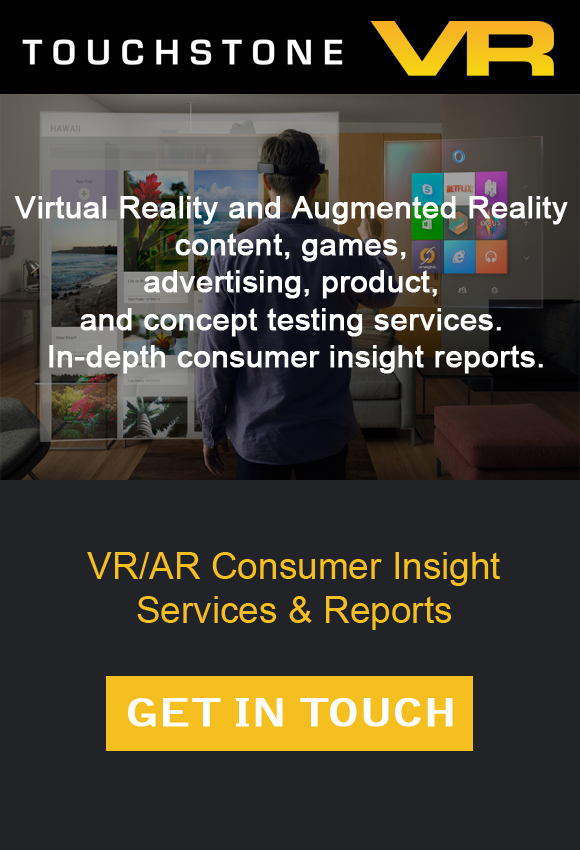
Do you ever wonder what goes through shoppers’ minds or what they see or do not see when shopping for your product? Let’s talk about how your business can benefit from In-person Shop-Alongs, including the advantages and the best times to consider using them!
One question that may stump some researchers is “Why should I spend the time and money to do face-to-face Shop-Along interviews when there are many ways to conduct remote Shop-Alongs with all the advancements in technology?”
You might be thinking that an In-Person Shop-Along seems like a more expensive option. However, since they can provide more detailed and accurate findings, they can save you research dollars in the long run.
Conducting in-person Shop-Alongs goes beyond mobile Shop-Alongs by adding an invaluable perspective. Understanding a shopper’s decision-making process as it is unfolding with in-the-moment face-to-face research, has many advantages.
Additionally, in-person Shop-Alongs provide a multisensory approach to research, as researchers can observe shoppers’ behavior, reactions, and expressions, as well as the physical aspects of the shopping environment.
The benefits of an In-person Shop-Along:
- Creates an authentic shopping experience by having a “fly on the wall” perspective as participants shop.
- Provides researchers with the ability to observe shoppers’ reactions and habits in real time and better understand consumers’ decision-making process.
- Allows the researcher to observe a participant’s shopping behavior before asking questions about the shopping exercise. This prevents interrupting the participant during the shopping experience.
- Involves a dynamic discussion guide with pre-determined questions, plus new questions, that probe discoveries as a result of being in-person and in the moment. Additionally, any areas of confusion can be addressed while in the aisles or store.
- Captures shoppers’ automated behaviors – the things they do without thinking or noticing, which cannot be recalled or replayed by them. In-person Shop-Alongs involve observational research which can discover or probe this type of behavior.
- Yields a richer data analysis by incorporating and synthesizing what the consumer says and does and what the moderator sees.
- The ability to get more robust findings! Goes beyond a limited viewpoint based on a shopper’s recollection of their shopping exercise (i.e., what they tell us, what they choose to focus on while shopping) and expands the view to what the moderator chooses to explore, such as:
- Their path before and after their purchase
- Any products noticed or ignored prior to their purchase decision
- Signage in-store that is utilized or overlooked
Now that we have covered the benefits of in-person Shop-Alongs, what are some examples of when to use them?
In-person Shop-Alongs can be conducted in a large variety of settings or locations, from grocery stores and big-box stores to restaurants and fast-food chains, to car dealerships, or even shopping for home furnishings. Below are some key use cases; however, these examples may spark new ideas for how to better meet your clients’ needs:
- Gaining an understanding of how consumers shop a particular store, category, and/or product
- Determining shopping behavior and habits across various stores or shelf setups
- Comparing current shelf setups with potential new shelf designs
- Evaluating point of sale signage and messaging in-store
- Understanding store navigation to see how the way they travel the store uncovers their shopping priorities and focus
What is the best way to design and execute In-person Shop-Along projects?
Shop-Alongs are customized based on the research objectives but often follow a similar flow…
- Similar to other IDI research, participants are recruited and scheduled ahead of time.
- Typically, participants shop at the store location they shop at most often so the shopping experience is more authentic. However, sometimes shoppers are asked to shop at a new store or a store that has a new shelf set up to understand their first exposure shopping experience or for comparisons.
- On the day of research, the moderator meets the participant at the store and has a quick ‘meet & greet’ to do introductions and explain the shopping task and how the process works.
- The moderator shadows the participant to observe the shopping experience.
- Once the participant has completed their shopping trip, the moderator asks questions from relevant locations within the store.
It’s time to open and widen your view of the shopping experience beyond what the shopper shows or tells you by conducting In-Person Shop-Alongs.

Meet the author, Michelle Richard, a Senior Qualitative Analyst & Moderator at Touchstone Research with over 25 years of experience working closely with Fortune 500 companies in the areas of consumer voice, advertising, concept and positioning development, product and package evaluation, and UX research. Michelle’s expertise lies in connecting with consumers of all ages and backgrounds, from kids talking about new cereal ideas to seniors experiencing adult incontinence, and her high-energy moderating style and passion for consumer understanding allows her to probe beyond the rational. She has extensive experience in qualitative methods such as in-person and online focus groups, in-depth interviews, UX sessions, in-home discussions/ethnographies, and shop-alongs, and specializes in CPG research.
About Touchstone Research, Inc.
Touchstone Research, Inc. is a full-service marketing research and consumer insights firm serving the world’s largest brands, marketers, and agencies. Headquartered in Branford, Connecticut, with teams in Los Angeles, Austin, Denver, Florida, Chicago, North Carolina, Michigan, New Jersey, New Hampshire, and Rhode Island. Touchstone Research specializes in custom research, managing proprietary online panels and communities, youth and family, media and entertainment and technology research. For more information, visit www.touchstoneresearch.com.



